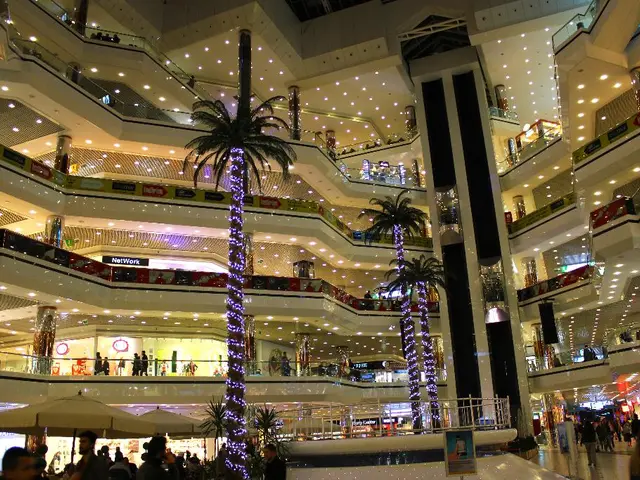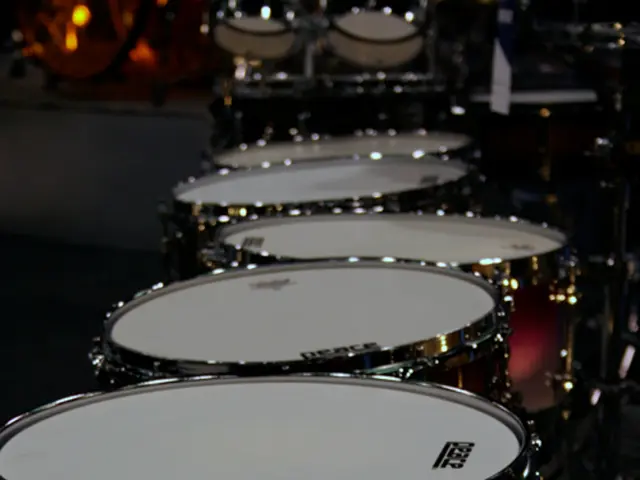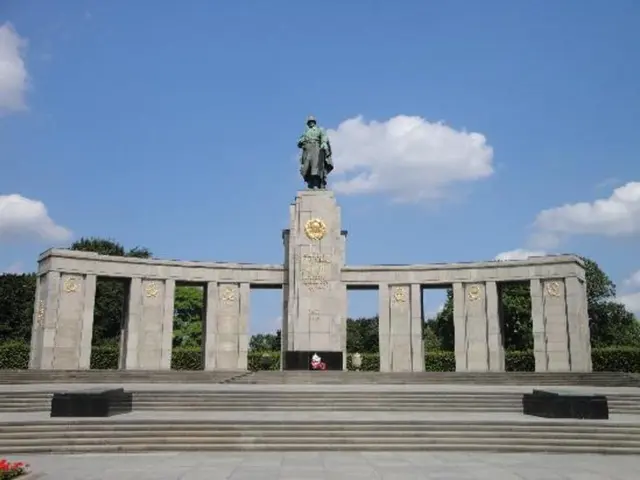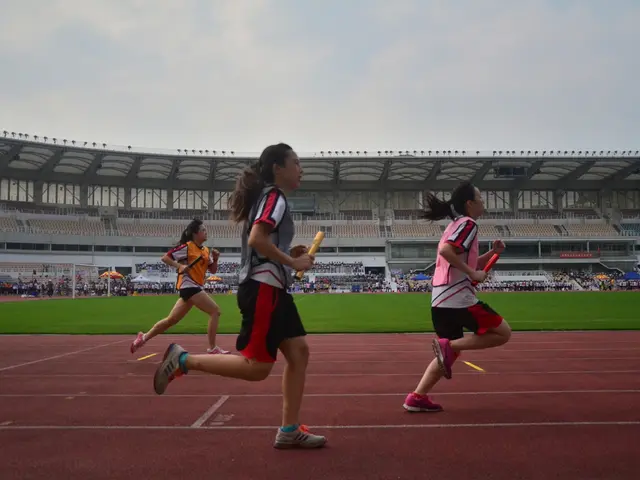Triumph's Sustenance Unveiled: Exploration of the Prevailing Loaf
Life-Sustaining Loaves: Wartime Bread in the Heart of Struggle
In a world brimming with a plethora of food options, it's easy to overlook the profound significance of bread during wartime.
During the darkest days of conflict, bread was more than just a simple staple—it was a beacon of hope, a symbol of resilience, and a powerful weapon in the fight against hunger. Let's take a glimpse into the tangled web of hardship and survival that held the world captive during the Siege of Leningrad.
Black Gold
In those bleak, desperate times, bread was not the delightful loaf we know today. It was often unappetizing, usually tasteless, and not the first choice for the average eater. But its value transcended mere calories—it was a key factor in preserving strength, endurance, and ultimately, victory. Field, rear, besieged, concentration camp bread—each variety bore the weight of wartime, and commonplace as they may have seemed, they were never in abundance.
125 Grams of Hope
As the siege tightened around the city, food supplies dwindled, forcing residents to rely on the meager rations issued on cards. The 900-day blockade claimed a heavy toll, with the most drastic reduction happening during the winter of '41, when hard-working individuals received a mere 125 grams of bread per day. But amid the despair, there was an indomitable spirit—the will to survive, to endure, and to prevail.
A Loaf from the Ashes
The fire at the Badaevsky warehouses in the early days of the blockade dealt a severe blow, consuming 3,000 tons of precious flour in a single conflagration. Despite the adversity, the people refused to bow, and six resilient bakeries cobbled together scraps to keep the fires burning. Utilizing an array of unconventional ingredients, such as lupins, hydrocellulose (wood processed chemically), pine bark, and birch buds, they produced the precious loaves that would keep hope alive.
From Soldiers to Civilians
The rest of the country battled its own food shortages, with most of the grain harvest sacrificed to the front lines. Women and children worked tirelessly, often until their fingers bled, to fill the quotas. As the war effort intensified, factories producing for military orders were prioritized for flour, and the people relied on field and trench baking to sustain themselves.
Frontline bread was a far cry from the luxurious loaves we savor today. Ingeniously crafted from rye, rapeseed cake, beet pulp, and sometimes even wood shavings, these meager loaves were nothing short of miracles, offering survival in a place where desperation lurked around every corner.
The Power of Bread
Today, we remember the role bread played during those trying times and strive to uphold its legacy. With an average consumer inhaling approximately 86.9 kilograms of bakery products annually, we revere every crumb and take great pride in the variety offered on the modern market. Dieticians and nutritionists work tirelessly to develop wholesome, nutritious lines enriched with vitamins and minerals, ensuring that our rich bread culture continues to thrive.
Our love and respect for bread run deep, invoking the indomitable spirit of our ancestors who faced adversity head-on and emerged victorious. As we cherish the memories of those who overcame, we must never forget the value of bread and food in our lives—an integral part of our cultural heritage that transcends time and hardship.
- During the darkest days of war and conflicts, bread became more than just a simple food-and-drink choice; it was a vital lifeline, symbolizing resilience and hope during the Siege of Leningrad.
- In the midst of scarce resources and dwindling food supplies, the residents of Leningrad were reduced to receiving only 125 grams of bread per day, highlighting the profound impact politics can have on people's livelihoods.
- Despite the harsh wartime conditions, bakeries in Leningrad showed their commitment to the struggle by creating loaves from unconventional ingredients, such as lupins, pine bark, and birch buds, demonstrating the power and adaptability of lifestyle choices even during war-and-conflicts.









